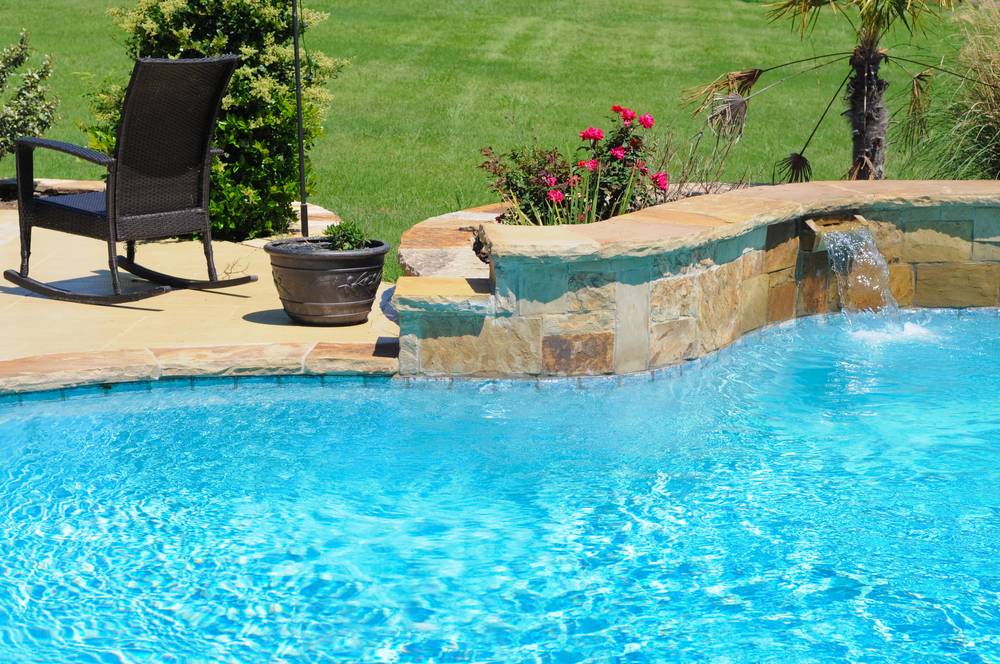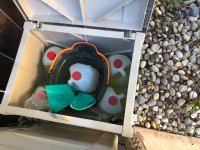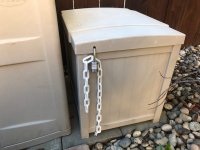So we have a plaster pool. I recently brought up the calcium level to 280, but when I did, it threw off the csi result so that it now says “potential for scaling”. I brought the PH down to 7.8, and that made the csi fine. However, within a couple of days, PH was back up to 8.2. My pool tends to like an 8.2 Ph, and if Iower it, it will quickly drift back up. I don’t mind lowering it with dry acid, but I just read that you shouldn’t use dry acid if you have plaster. And I hate using and storing muriatic acid.
Anyway, I think if I let the calcium level get lower, the 8.2 Ph will be fine. Just wondering if I should continue fighting the Ph in the meantime or if .33 is not that bad of a csi level. Thank you!
FC 8
PH 8.1
TA 80
CH 280
CYA 70
Water temp 81
CSI .33
Anyway, I think if I let the calcium level get lower, the 8.2 Ph will be fine. Just wondering if I should continue fighting the Ph in the meantime or if .33 is not that bad of a csi level. Thank you!
FC 8
PH 8.1
TA 80
CH 280
CYA 70
Water temp 81
CSI .33




